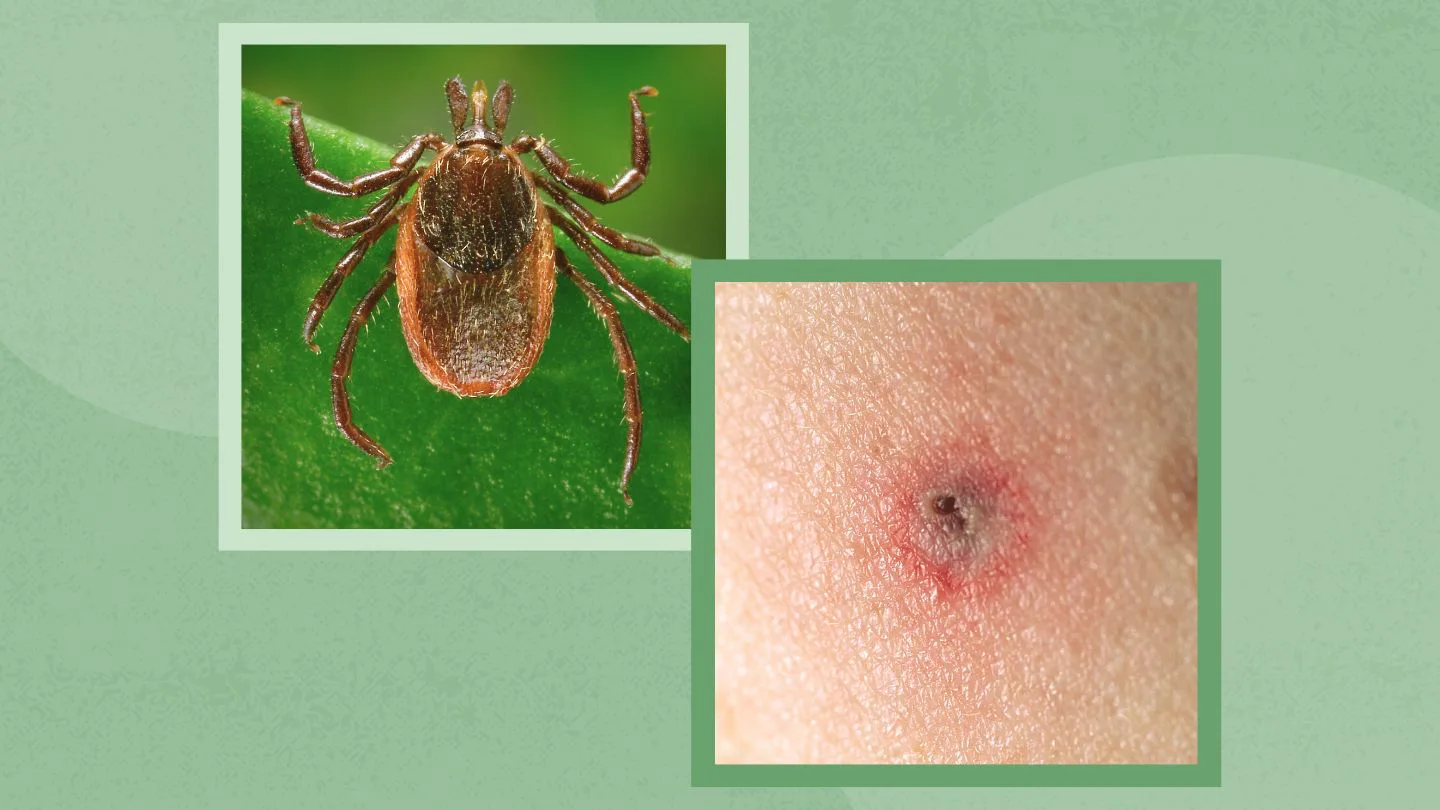
Emerging Tick Bite-Associated Meat Allergy
Emerging Tick Bite-Associated Meat Allergy: A Silent Threat Affecting Thousands

The alarming rise of Alpha-gal syndrome (AGS), commonly known as the red-meat allergy or the tick bite meat allergy, has been identified as an emerging public health concern in the United States. However, the awareness and understanding of this potentially life-threatening allergic condition among healthcare providers remain disconcertingly low. Recent studies conducted by the Centers for Disease Control and Prevention (CDC) have shed light on the magnitude of the issue, with an estimated 450,000 people potentially affected by AGS.
Tick Bite: Unfamiliarity Among Healthcare Providers
A significant hurdle in addressing AGS lies in the lack of familiarity among healthcare providers. A survey of 1,500 medical professionals revealed that nearly half were unaware of AGS, and a large proportion lacked confidence in diagnosing or managing patients with this condition. This lack of awareness poses a serious obstacle to early detection and intervention, making it imperative for clinicians to become familiar with AGS to safeguard their patients’ health.
The Scope of the Issue
The scale of AGS becomes evident when analyzing laboratory test results. More than 300,000 specimens were examined, with over 30 percent testing positive for AGS. The condition presents itself after consuming meat or products derived from mammals, containing a sugar called alpha-gal. The primary cause of AGS in the United States is associated with the bite of a lone star tick, predominantly found in southern, midwestern, and mid-Atlantic regions.
Recognizing the Symptoms
The symptoms of AGS can vary widely and may include hives, nausea, heartburn, diarrhea, respiratory difficulties, swelling, dizziness, and severe stomach pain. These symptoms typically manifest 2-6 hours after consuming alpha-gal-containing foods or products. Given the diverse and non-specific nature of these symptoms, the diagnosis requires a thorough evaluation, including a detailed history and specific antibody testing.
Tick Bite: The Urgent Need for Prevention and Awareness
The potential long-lasting impact of AGS on patients’ lives necessitates preventive measures and heightened awareness. Preventing tick bites is key to reducing the risk of AGS. Individuals residing in regions with tick populations should be vigilant in avoiding tick exposure and promptly seeking medical attention if they suspect AGS symptoms.
Conclusion – Tick Bite
As the prevalence of AGS continues to rise, the need for healthcare provider awareness and knowledge becomes increasingly critical. Early diagnosis, proper management, and tick-bite prevention are essential in combating this emerging tick bite-associated meat allergy. By empowering medical professionals and the general public with information about AGS, we can work together to protect individuals from this potentially life-threatening condition.














